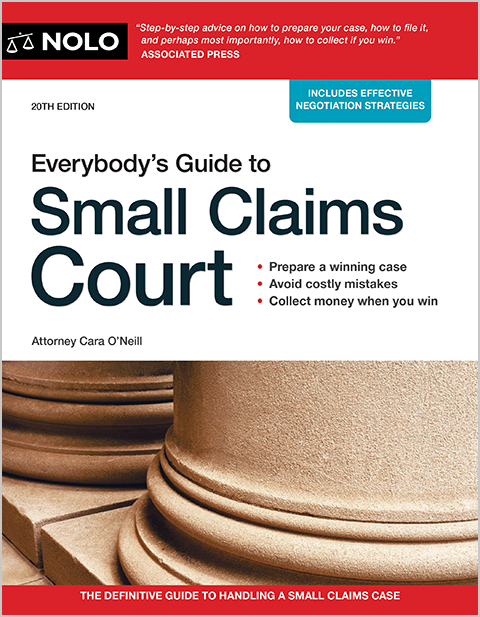A look at "side of the road" rules and other factors that play a role in many traffic accidents between cars and bicycles.
Nearly all states have "side of the road" rules, which require bicyclists to ride on the far right side of the road or in a bike lane when they are moving slower than vehicle traffic. Bicyclists who strictly follow side-of-the-road rules are more predictable, but they may be at risk of getting:
- hit by a parked car's opening door
- brushed by a passing car or truck, or
- struck by a motor vehicle turning right.
Fortunately, other laws combine with side-of-the-road rules to help protect bicycle riders from traffic accidents with vehicles. In this article, we'll look at several laws and traffic rules that, taken together, typically determine fault for an accident between a bicycle and a vehicle.
Side-of-Road Laws and Bike Lanes
Bike laws vary from state to state. Cyclists who are moving slower than the flow of vehicle traffic typically must ride as far to the right side of the road as possible. On one-way streets, cyclists must ride in the same direction as traffic or walk their bikes. If a special bike lane is provided, usually on the far right of the roadway, a cyclist is required to use it.
In most states, a bicyclist may leave the side of the road or the bike lane in some circumstances, including:
- when the cyclist is moving at the same speed as vehicle traffic
- when the lane is too narrow to share safely with passing cars
- to make a left turn, or
- to avoid debris or other road hazards.
All in all, it's safest for bicyclists to ride with the flow of traffic and as close to the right side of the road as possible.
Safe Passing Laws
Given that side-of-the-road rules force cyclists to share lanes with passing traffic, a companion rule in most states requires vehicles to maintain a safe distance while passing bicyclists. As of late 2021, 35 states have laws that require motorists to leave at least 3-feet or more when passing a cyclist.
A growing number of states, including California as of 2023, require motorists to completely change lanes when passing cyclists on multiple-lane streets if it's safe to do so. On single-lane streets, the 3-foot minimum passing distance rule still applies.
Learn more about safe passing laws in your state.
Right Turn Right-of-Way
A common type of bicycle-car accident happens when a car turning right hits a cyclist who is traveling straight in a traffic or bike lane. Some of these accidents involve a car turning right in front of a cyclist who has nowhere to turn to avoid a collision. Or a motorist may simply turn right directly into a cyclist without seeing the bike.
In either of these situations, the motorist is legally responsible (liable) for the accident and typically has to pay for the cyclist's accident-related losses (called "damages"). One of the basic rules of the road is that a vehicle may not turn unless it's safe to do so.
Getting More Information and Legal Help
For more tips on establishing liability after a bicycle vs. car accident—and everything you need to know to handle your insurance claim or lawsuit—get How to Win Your Personal Injury Claim by Joseph L. Matthews (Nolo).
You should also think about talking to a lawyer. A lawyer can answer your questions and help you get the best possible outcome for your claim. Learn more about when to represent yourself in a car accident claim and when to hire a lawyer. When you're ready, you can connect with a lawyer directly from this page for free.



